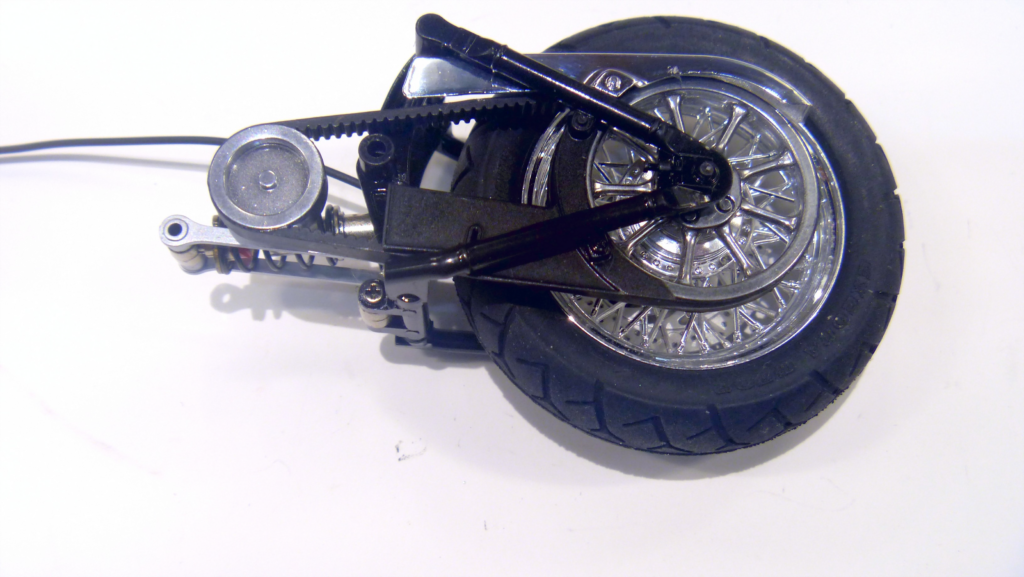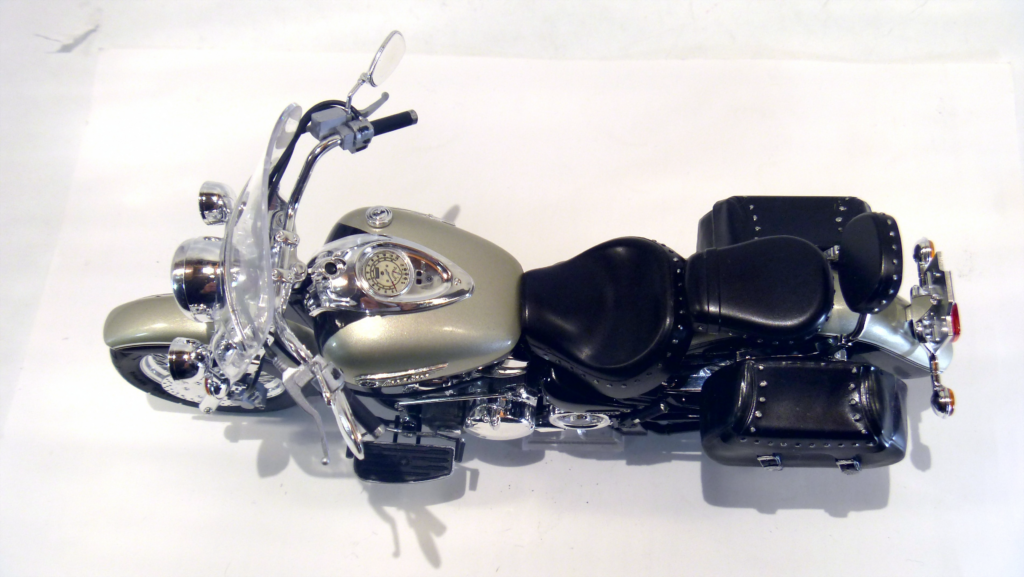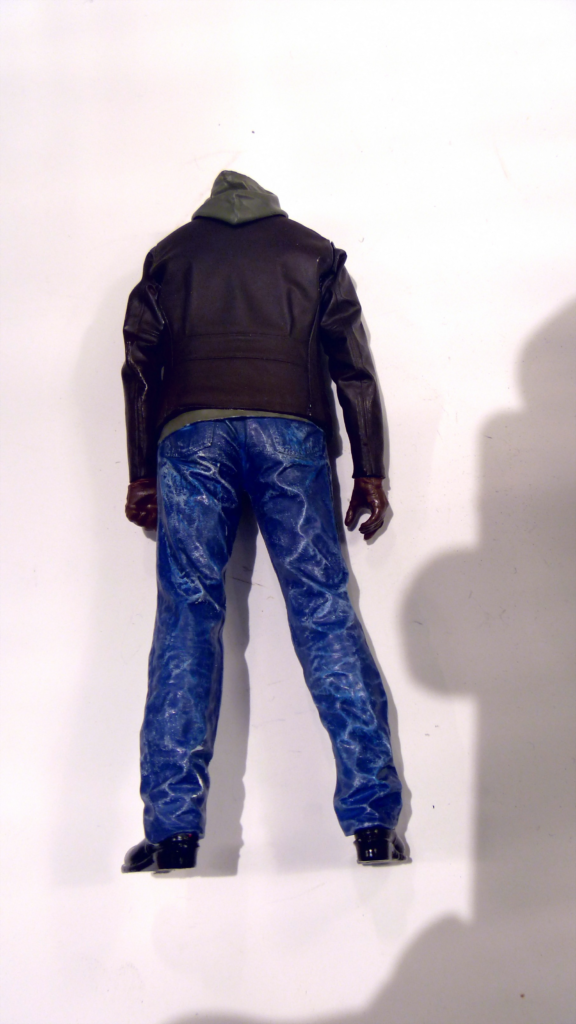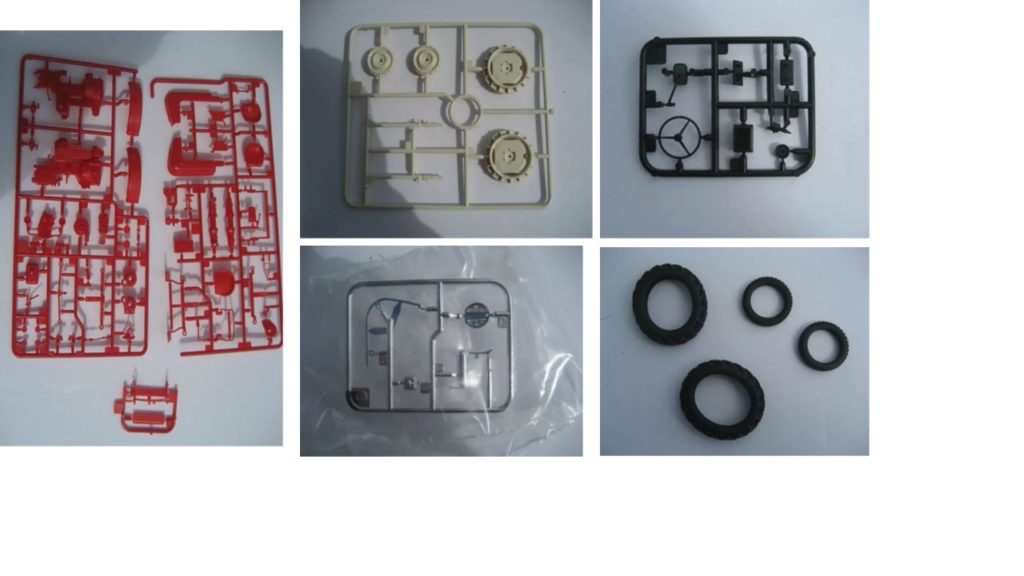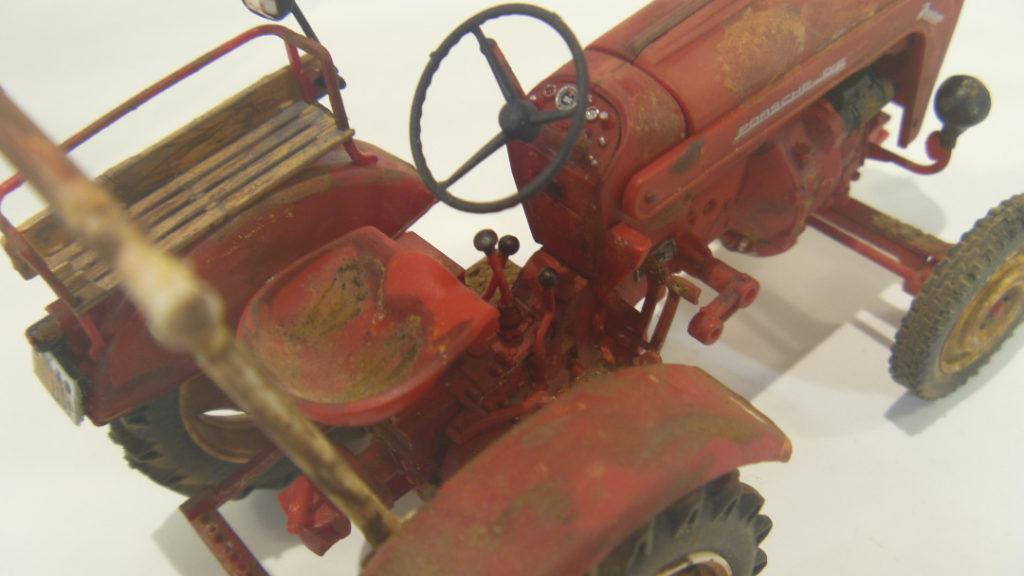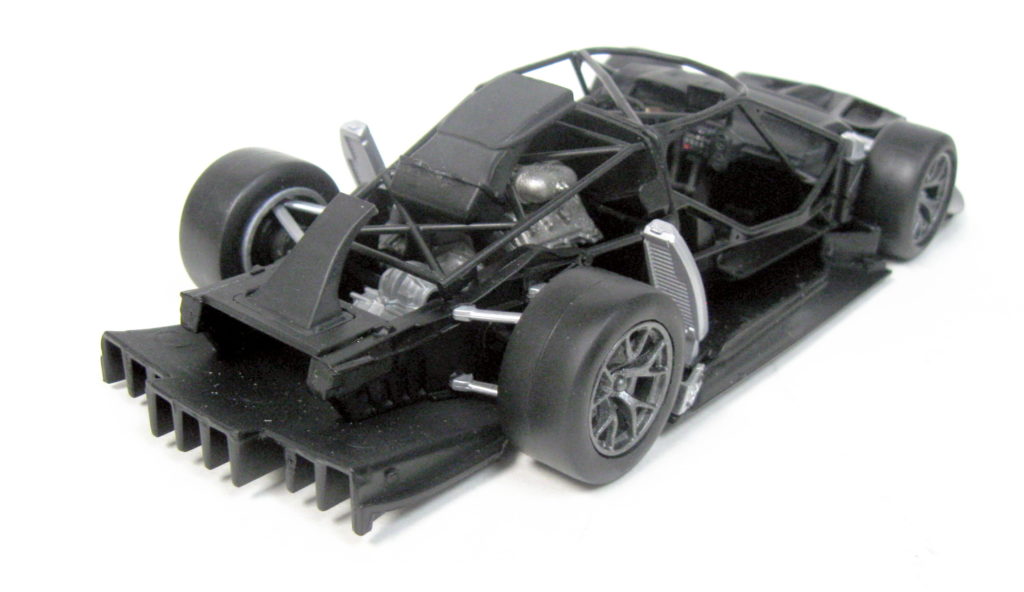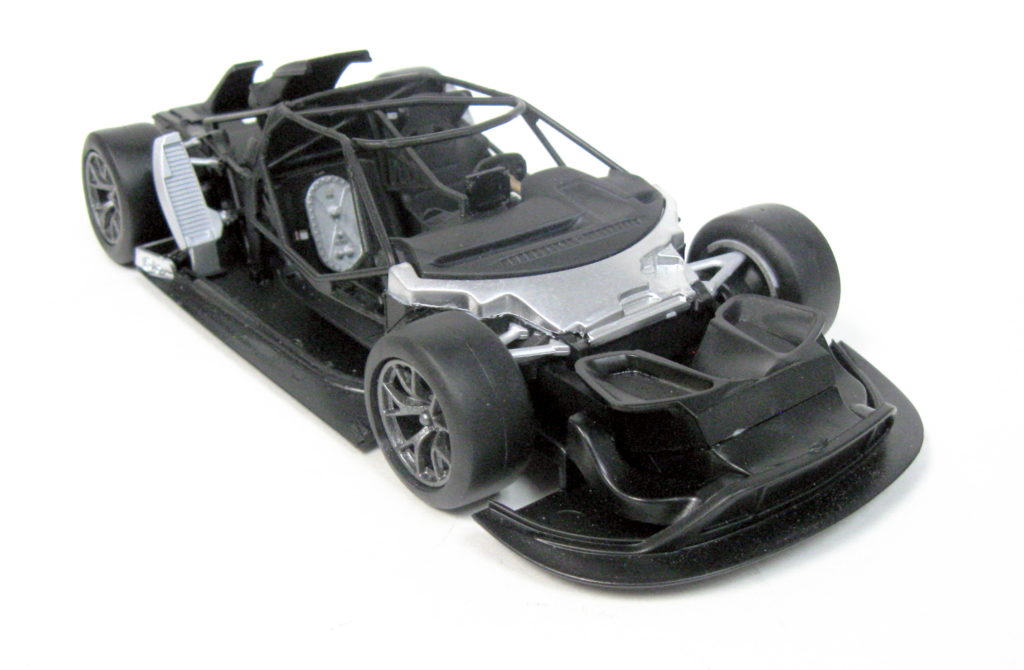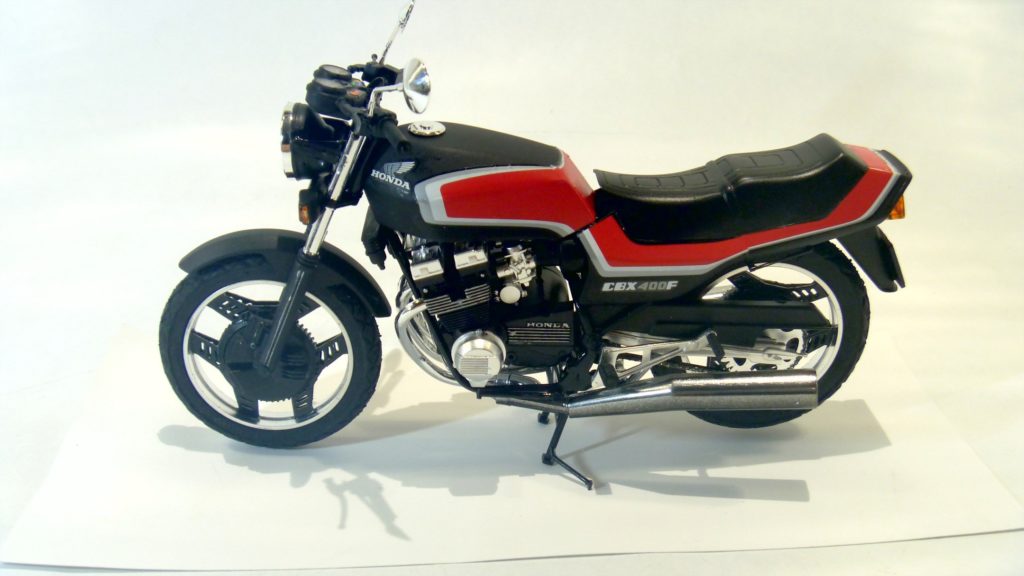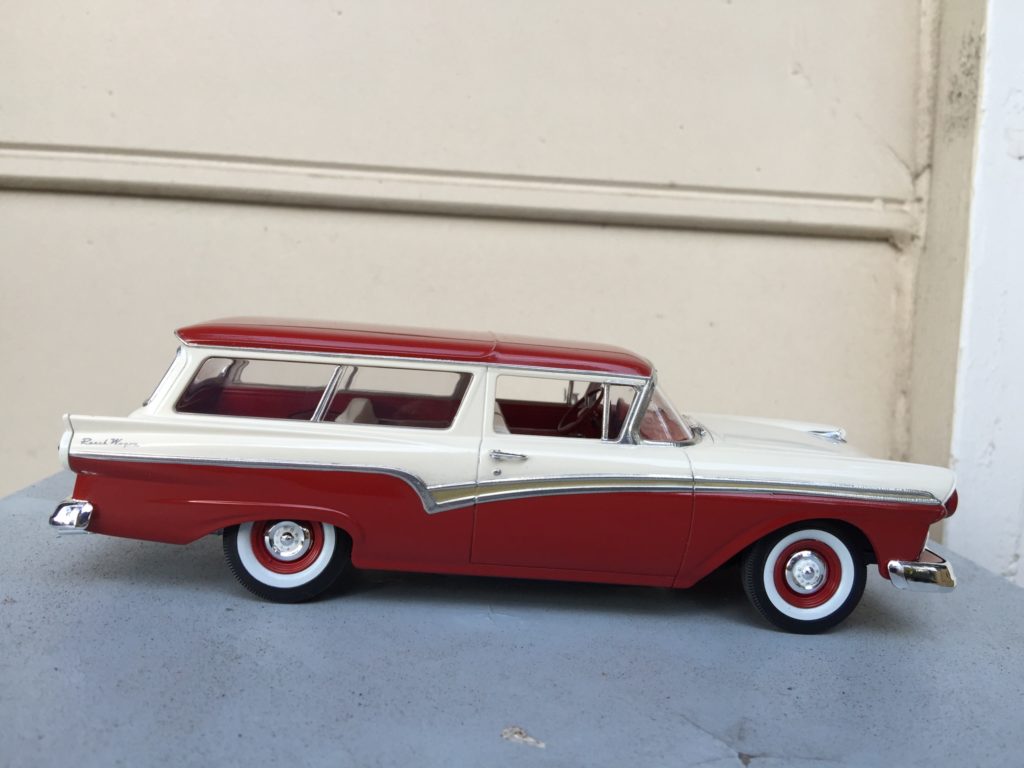Build and Review by Robert Seinko – ACME
Robert’s review is long overdue because of me but fits in well with the recent release of the 1930 Ford kit by Revell. Hope you enjoy reading about and seeing Roberts build – Wayne
Hot rods first appeared in the late 1930’s in Southern California where people raced cars on dry lake beds under the rules of (SCTA) Southern California Timing Association among other groups. This gained popularity after World War II because many returning soldiers received technical training.
The first hot rods were old cars usually typically Fords T’s model A’s, or model B’s. Ford’s flat head engines were very popular because of their power the ability modify them for more power & speed. Typical modifications included removal of convertible tops, hoods, bumpers, windshields, and or fenders to save weight and channeling the body for a lower profile. Most early hot rods used wire wheels of the era, however as time went on and the introduction of the steel wheel, a lot of hot rodders began using these for better strength and they looked cool too. That leads me to the Revell ’29 Ford model kit, it is a little different than the one issued a few years back and quickly went out of production. The main differences are the engine build choice and only one body but two choices of wheels, 2 frames, and 3 choices for headlights are included in this release. Thus said this kit looks to be engineered as well as any of the newer Revell kits issued over the last 15 years.





The inspiration for my example was the ’32 Ford hot rod in the first and second Iron Man movies. This car was owned by the director John Favreau and was used as all the computer screen savers in the movie. The license plate reads “Stark 5” which I will recreate. I realize the movie car is a ’32 and not a ’29 but I love the chassis in this kit with the finned brake drums and exhaust pipes that are close to the movie car. I will use the same paint scheme with left over flames from another kit, 3 carb set up and steel wheels.

Now, onto the kit, on the direction sheet (which to me is a bit vague in some spots) you have a choice of A and B assemblies for engine, and chassis. Many of the same pieces are used in both assemblies, pay close attention to the photos, and reread the pictures to make sure you are using the correct parts for your version. I could not find a reference to what kind of engine this is but it looks very much like the one used in the Revell ’51 Mercury kit. I chose the 3 carb set up because it was closer to my Stark hot rod. After minor cleanup of all parts and painting it went together perfectly. It was painted with Model Master Chrysler Red over flat grey. Chassis A is the standard chassis, chassis B is for the lowered version, I went with the lowered chassis B, here was a small hitch, the transmission cross members are mislabled in the directions. A fits B and vice versa, it’s pretty obvious when you go to assemble them. One is too big, and one is too small. Not too big of a deal though. Another small glitch the tie rod assembly was warped and had to be gently bent back to fit the pins on the front axle. Everything else on the chassis assembled perfectly using the appropriate B components.


Assembly of the wheels was excellent, I wanted to use the steelie look again from the Iron man movie car. The wheels are a darker red than the interior and engine, so I chose Rustoleum Colonial red. Beauty rings have a tiny indent where the molded in air valve fits which is brilliant. The white decals went on without any problems and settled in without any decal setting solution. I used one of my Molotov Chrome pens for the inner silver ring, lug nuts and grease cap on front wheels. Brake backings and brake hubs fit perfectly although the metal mounting pins were missing from my kit, I could have ordered new ones, but I wanted to get this finished so I made some from wire, you can’t see them, so it doesn’t matter.

Body was painted with Testors black enamel and covered in 2 coats of Tamiya clear, buffed, and polished. I chose the channeled style of build which of course fits down over the chassis, so you need to choose the proper interior pieces which I painted flat black then covered with two coats of Krylon matt Poppy Red, it gave the panels some depth without having to add a wash to them. Steering wheel center has a nice decal for detail and the stick shift has 2 different decals, a shift pattern, and an eyeball, pretty cool. I went with the shift pattern for my version.

I could not find an interior shot of the Iron Man car so a went down to worm hole of Google to find inspiration. I decided to flock the floor with a maroon material I had and am very happy with the look.

My windshield was slightly warped, instead of trying to repair I used as is, I was afraid it might break. Other than that, everything else went together fine. Door handles, rear lights, and head lights all fit perfectly.


To sum it up, this is a very cool kit with a few minor hiccups that barely detract from the build. Take your time, decide which pieces you want to use and have fun. I give it 9.2 out of 10.



















